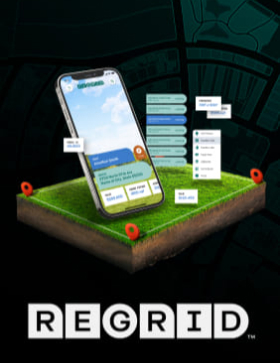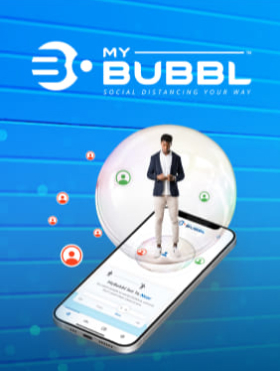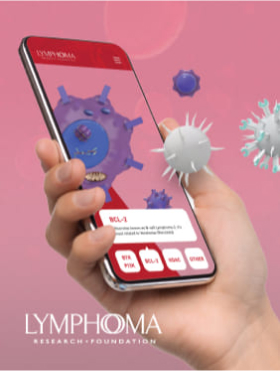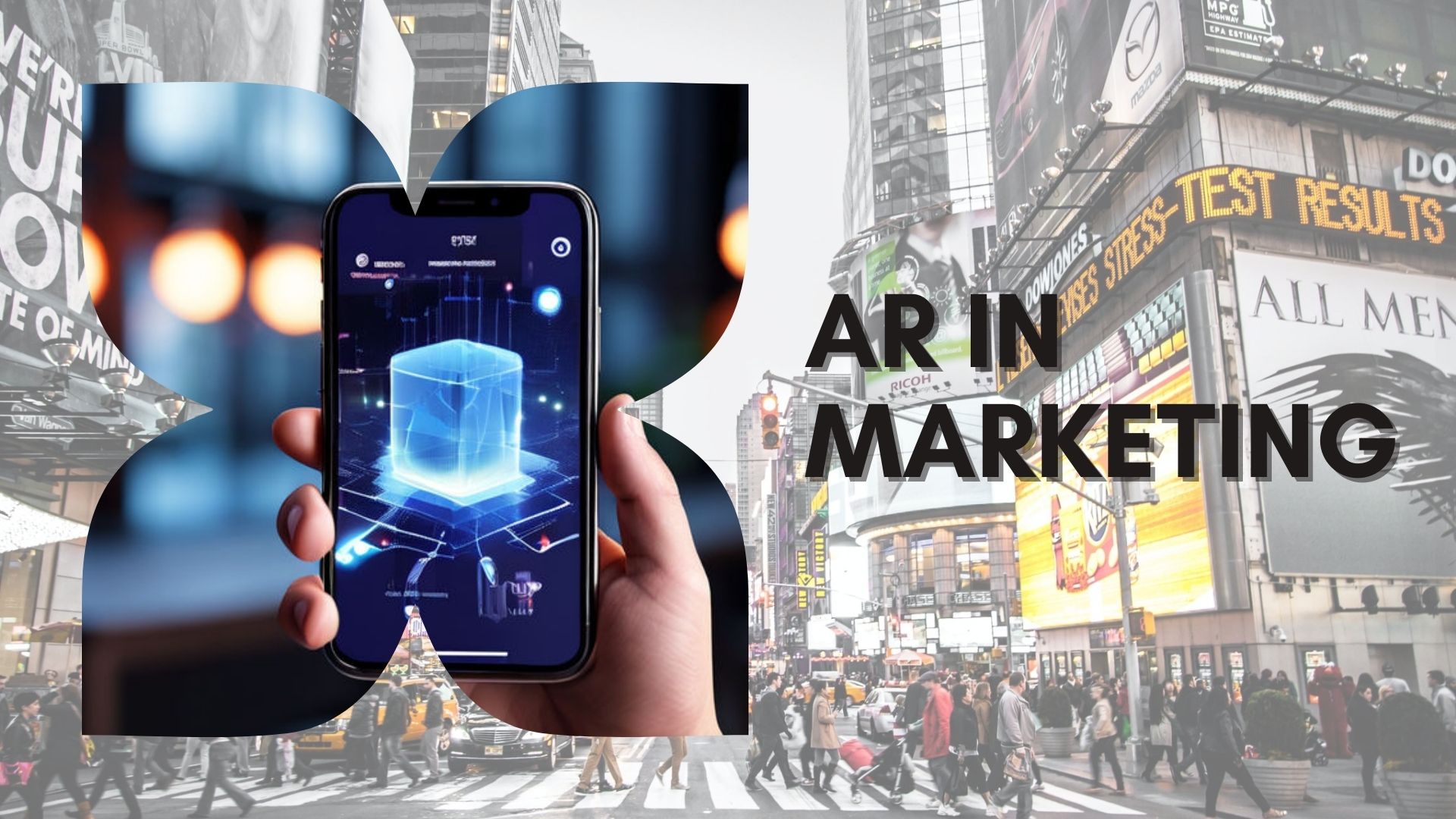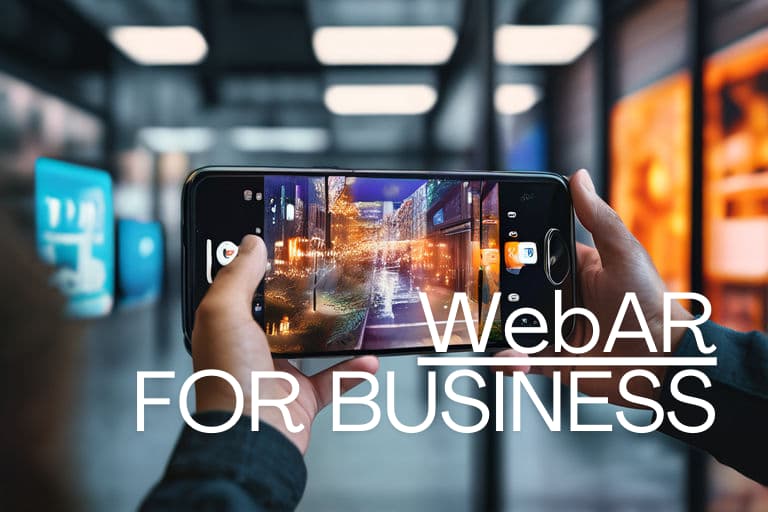
So I have been telling my wife Jill for years that augmented reality will lead to a virtual networked brain, seriously ask her how many times I have put her to sleep with my raves about how my data will be my thoughts and that will all be shared. Little did she know I could have been hired as the lead futurist for Cisco. I tried to get her to name our first kid Zeitgeist or GroupThink but she would have none of it.
Really though even something as simple as the craigslist flagging mechanism tie into how we will generate and consume data. I could go on and on, but the article below is a great one and apparently I am not crazy since Cisco seems to be reading my mind about my mind.
-Jack
Via DNAIndia
Cisco sees the network entering your brain
Imagine a world where you don’t have to go through hundreds of books or lectures to attain knowledge, one where knowledge can be ‘downloaded’ to your brain from the internet. Or imagine looking at the person next to you in the bus and seeing his name, address and background flash in front of you.
Most young people alive today will live to see a world of such wonders and more, according to Dave Evans, ‘chief futurist’ at networking firm Cisco’s Internet business solutions group (IBSG).
“It’s very nascent right now, but you could make a case for network-based telepathy. If I can read your thoughts and encapsulate it into data packets of some sort and send it, then I can implant it in someone else’s mind… As we understand more and more how the brain works and we can read from and write to the brain directly, we would see a world in which we communicate in a very different way. We would be able to ‘download’ knowledge directly from the network,†Evans, ‘present’ in India through Cisco’s ‘Telepresence’ application, said.
IBSG is Cisco’s strategic consulting arm and Evans specialises in “scanning the horizon for the next big thing†in communications technology, to assist his clients with negotiating technological change. “Technological change over the coming two decades will be like an avalanche,†Evans says. “It will hit over the next two decades and is quite destructive. You can ride it or get crushed under it,†he warns.
Evans intentionally tries to keep himself grounded, sprinkling his conversations with words like ‘pragmatic’ and ‘skeptical’, but believes most people today have little anticipation of how human life will be transformed in the next 2 to 5 decades. Simultaneous advances are happening in networking, computing and storage that will redefine how human beings live and do business.
“Our children today don’t know a world where the Internet did not exists. The children of tomorrow will not know a world where, for all intends and purposes, unlimited computing did not exist,†he says, pointing specifically to the death of ‘Moore’s law’ that has governed the advancement of computing power over the last five decades.
Evans believes the conventional silicon-based computing model, where calculations are made by altering or ‘flipping’ transistors inside a silicon chip off and on, will be upended within a decade by quantum computing, which uses the quantum state of molecules for calculation.
Not only are molecules infinitely smaller than transistors, they can also hold multiple values instead of just ‘off’ and ‘on’ — massively increasing the number of unique ‘states’ or combinations a group of them can represent. “Take 5,000 planets the size of earth and cover them with traditional computers. A molecule-sized quantum computer has the equivalent processing power,†he says.
Assuming the human brain does 100 trillion calculations per second, “by 2050, a $1,000 computer will have the equivalent computing power of all the humans on the earth,†he points out.
So, what can you do if you have near unlimited storage, networking and computing power? “In the near term, the ability to fabricate objects through 3G printing is very viable.
Once it gets sophisticated, one can imagine downloading the recipe and fabricating the object through 3G printing,†he points out.
The computing power and networks can be used to study the structure of the human being too, and recreate or fabricate a new one, he says.
As the brain-machine interfaces — currently very crude — achieve sophistication, brains would be able to communicate with each other without having to go through the sense organs such as the eye or the ear. But before that would come ‘augmented reality’, which feeds information from the network to our sense organs in real time. For the eye, he says, it would first be through glasses and later through altered eye-lens or retina.
“For example, when I look at you, I may see information about you – background, name etc.. If you open up a book on the solar system, you could see them animations of planets revolving around in front of you. You could literally bring the book to life… Currently, we have a 64 bit retina and we would improve the coming decade,†he says.
For all that, however, VR glasses are yet to replace the computer monitors or movie theatres. The reason? “The fidelity of the experience hasn’t been achieved yet… The secret is, therefore, significantly enhancing the fidelity of the experience and blending it seamlessly with the real… Within a decade, we would certainly see glasses with augmented reality on them.,†he assures.

